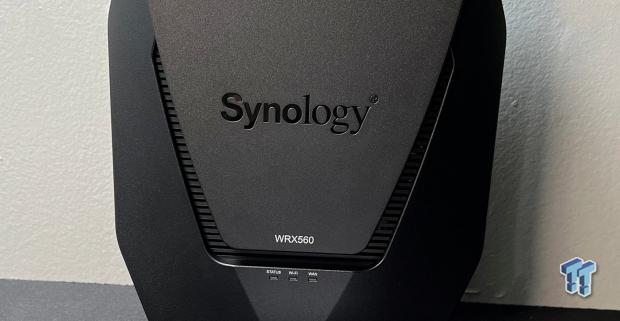
The Bottom Line
Pros
- + 2.5Gbe support
- + Wi-Fi coverage and performance
- + Price
- + SRM
Cons
- - USB performance
Should you buy it?
AvoidConsiderShortlistBuy
Coming off the release of its latest flagship solution, the RT6600AX, Synology is looking to replace some lower-end platforms in its wireless router portfolio with updated models. Entry-level is the first to get the updates as the RT1900ac and RT2600ac have lived a solid life cycle. To replace them, Synology has designed the WRX560, a dual-band AX3000 class platform that takes advantage of the latest SRM 1.3.
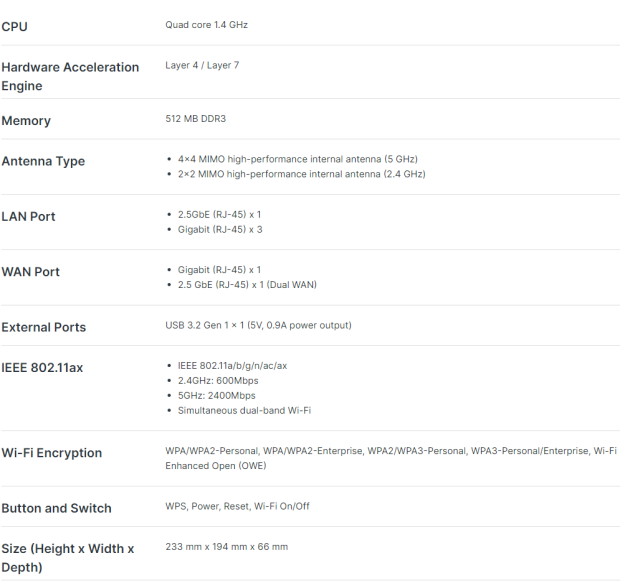
Specifications for this platform start with an unnamed quad-core SoC. I'm guessing the same Qualcomm IPQ6018 from the RT6600ax, though this one has been clocked at 1.4GHz and paired with 512MB of memory. Wi-Fi support includes 600 Mbps via 2.4GHz and 2400 Mbps on the 5GHz band. The WRX560 supports the 5.9GHz band if you have client solutions that support it too.
Wired networking support includes four LAN ports. LAN1 offers 2.5Gbe support and can function as WAN 2. Storage is still a central part of the WRX560 with a single USB 3.2 Gen 1 port supports EXT3 and 4 along with FAT and NTFS file systems.
The MSRP for the Synology WRX560 comes in at $219 with a one-year warranty.
Packaging and the Hardware
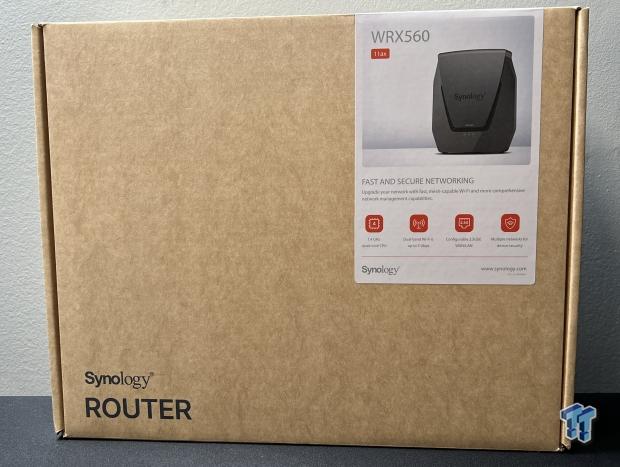
The WRX560 arrived in its retail packaging. There's a sticker on the right side of an otherwise brown box.
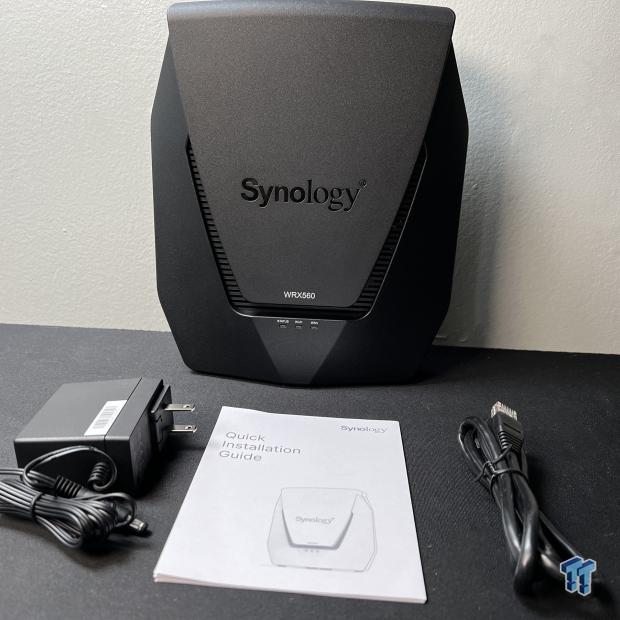
Unboxing, we have the scope of delivery which includes an ethernet cable, power adapter, and reading materials.
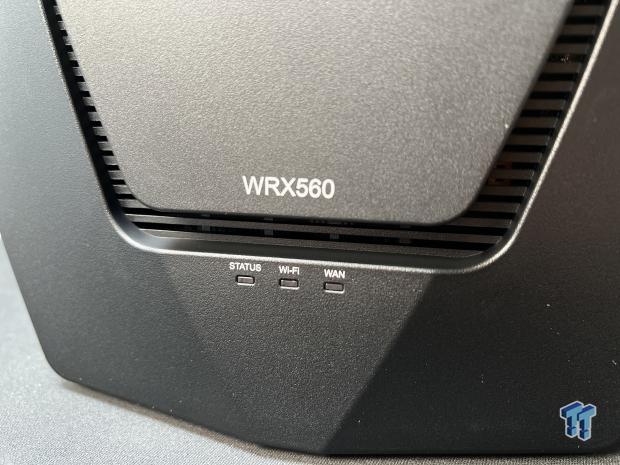
A closer look at the router reveals LEDs along the bottom, including Status, Wi-Fi, and WAN.
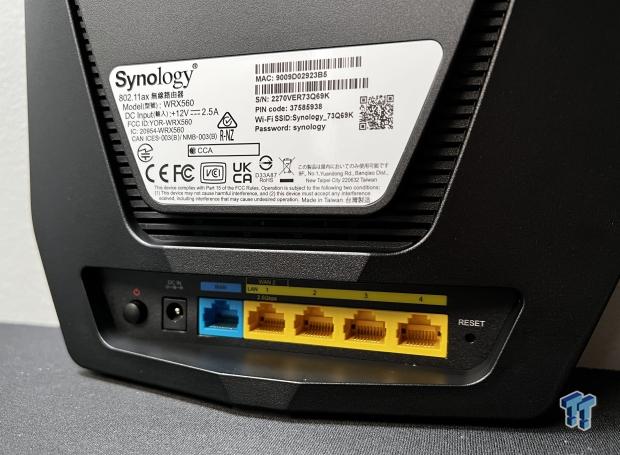
On the backside, we have the I/O, which includes the WAN in blue next to four LANs, the first of which supports 2.5Gbe.
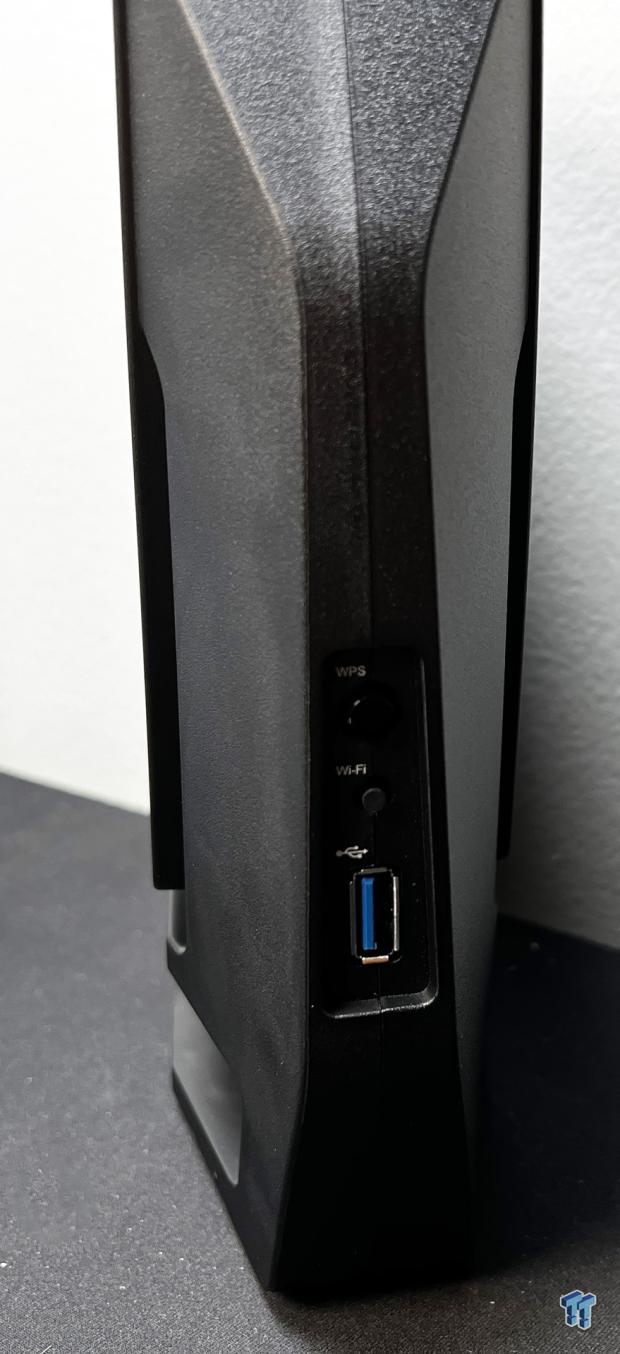
In our last photo, we have the USB 3.2 port on the side of the unit.
DS Router App and Setup
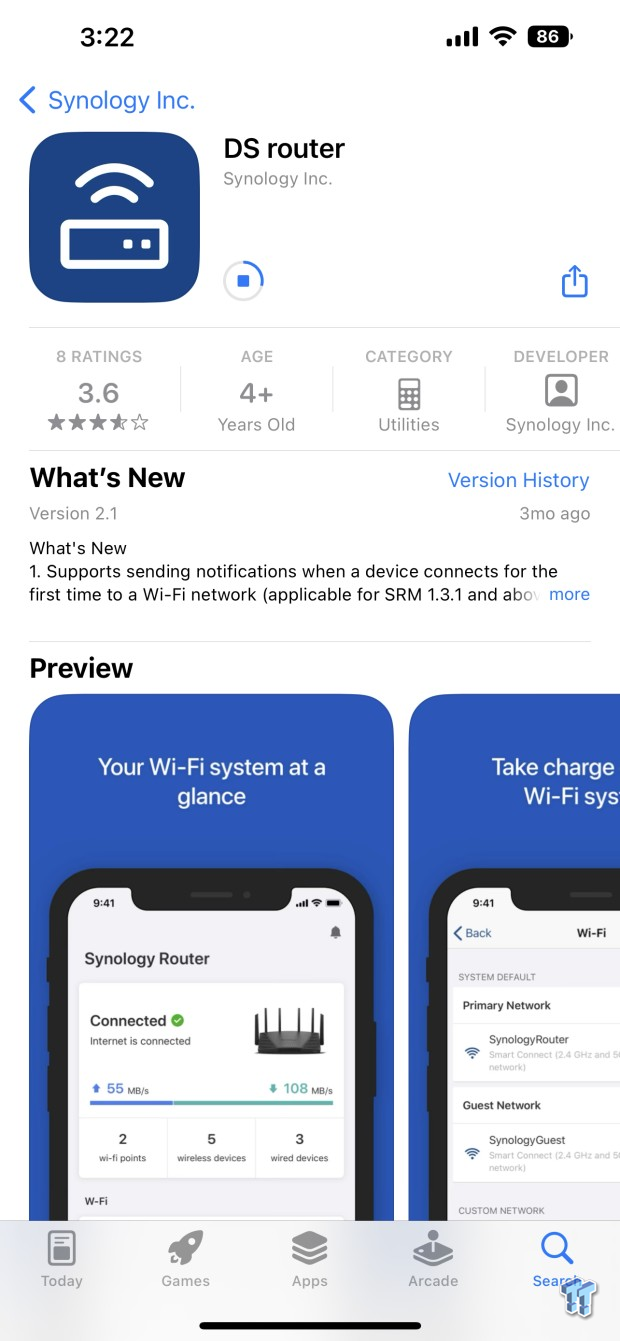
DS Router can be used to set up and manage the WRX560.
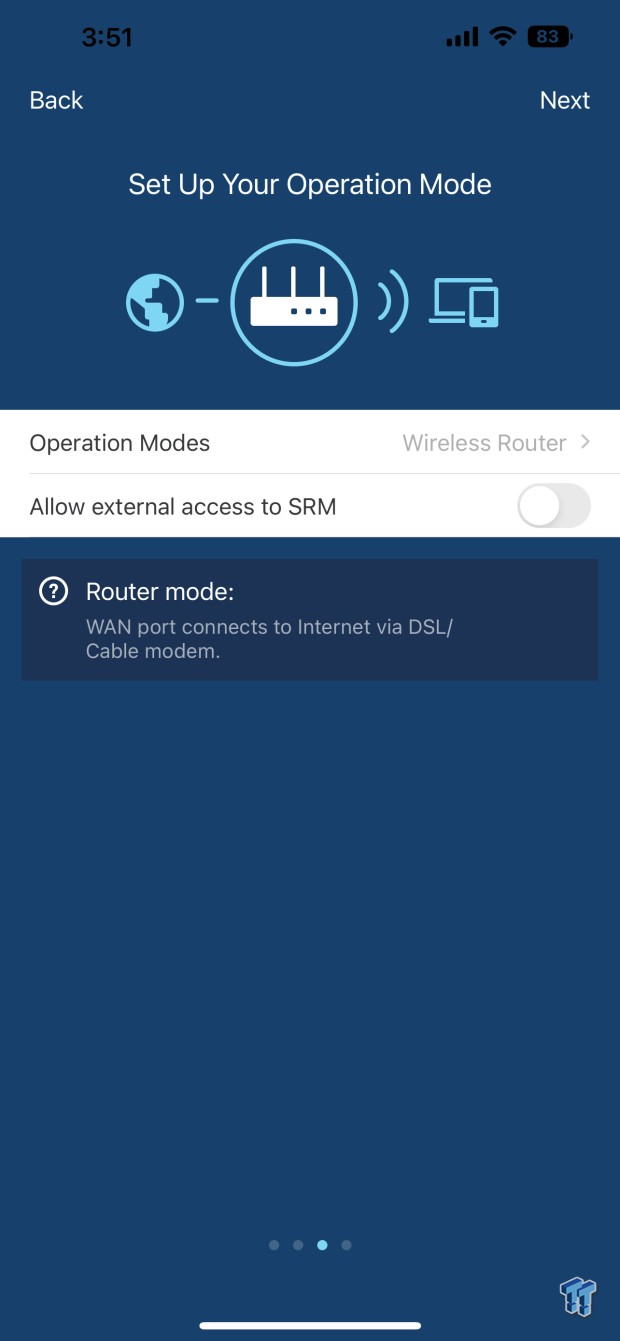
Starting setup, the app asks for operation mode; you can choose router or AP in this step.
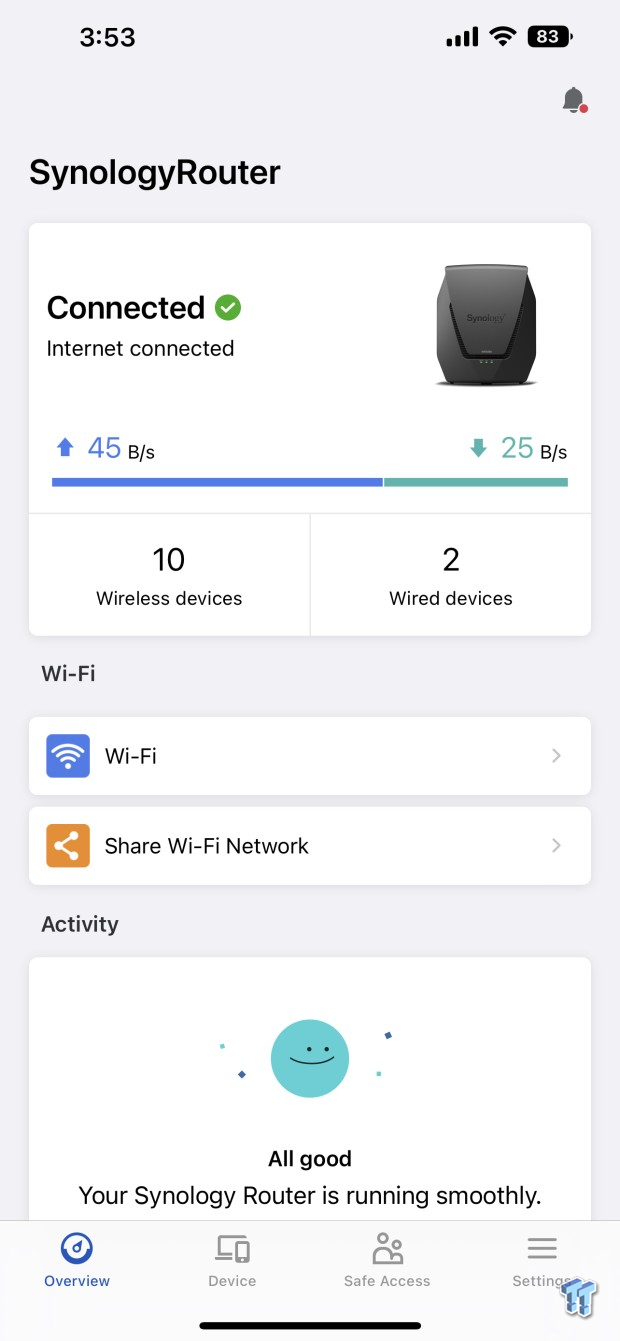
Once complete, we land in the dashboard. This shows devices connected and current traffic at the top.
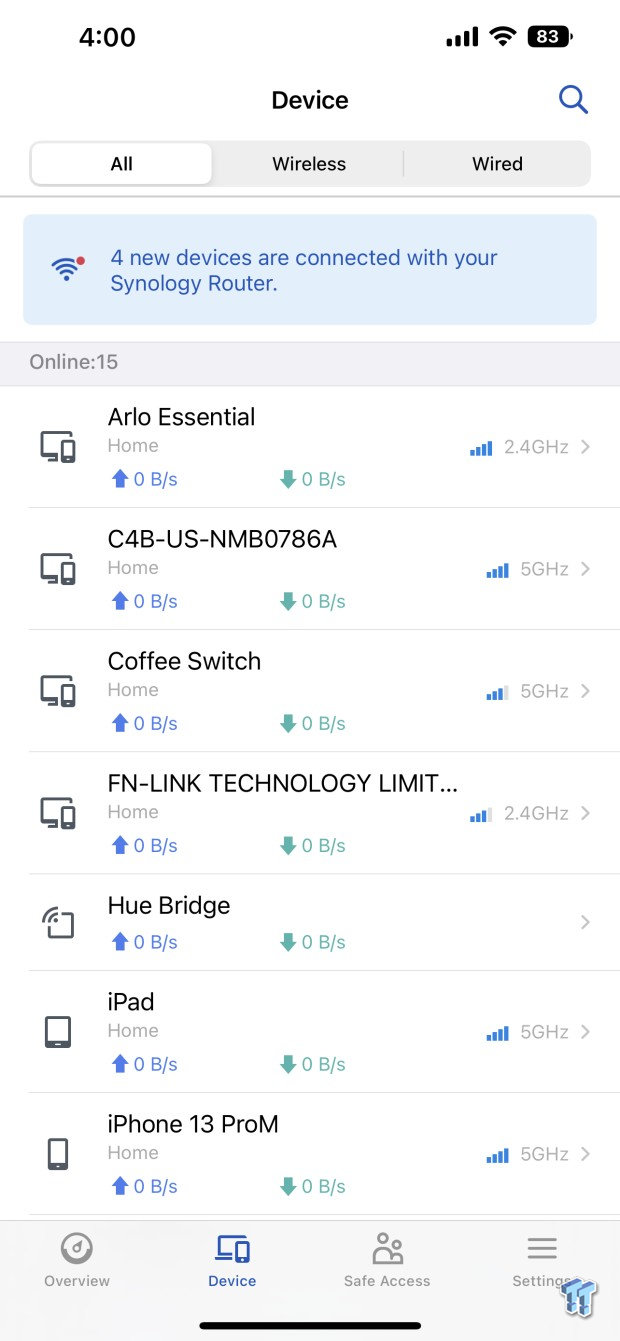
Clicking on the device list, you can sort by connection type.
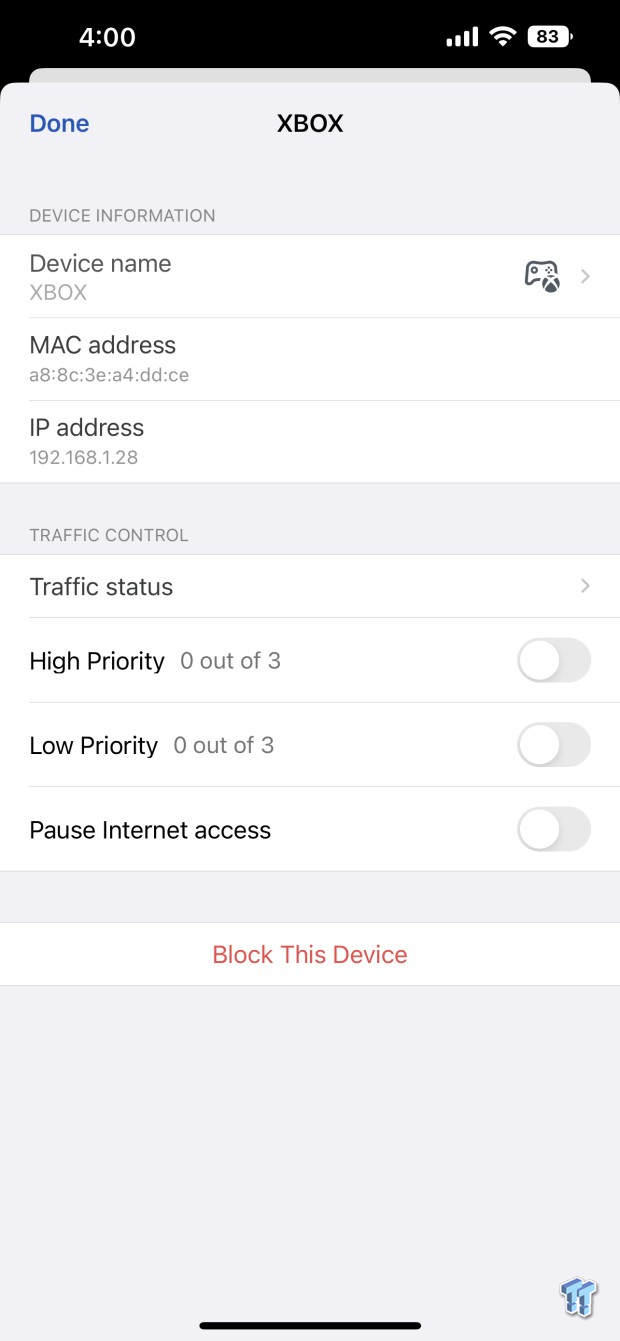
Choosing a device from the list above, you can then rename the device and select its priority on the network.
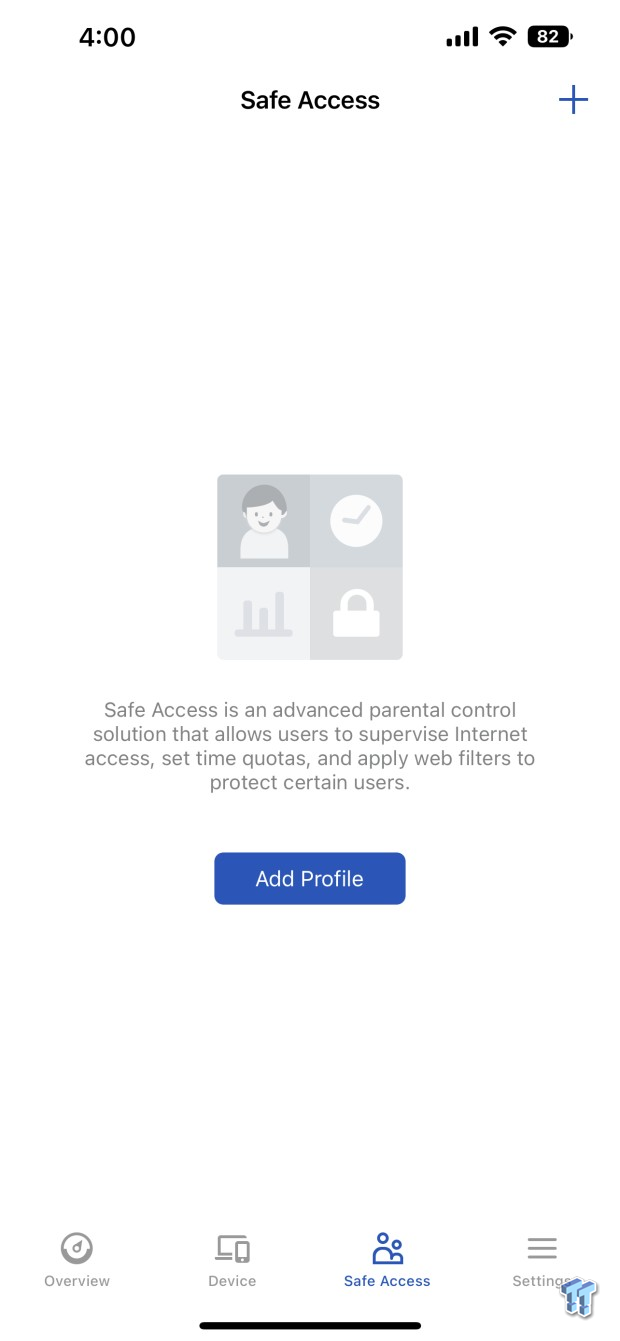
Safe access allows users to create a profile to better manage content for children.
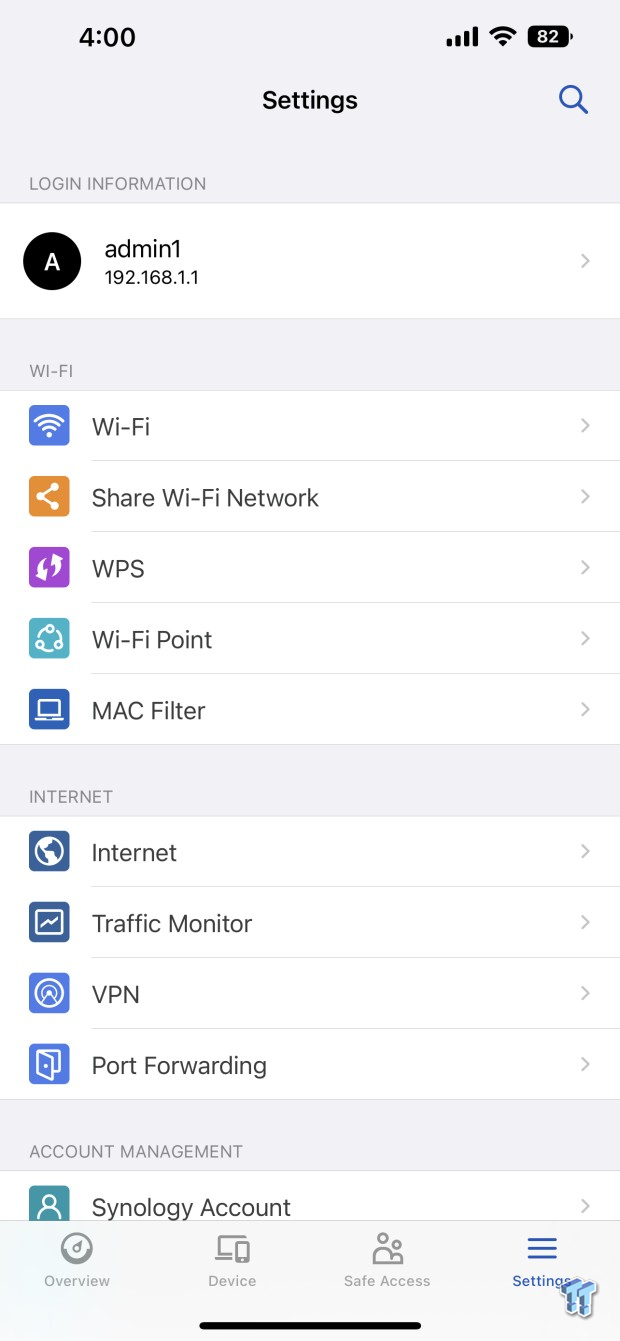
Additional settings are available from the menu. These include WiFI, WPS, and MAC Filter. You can also slide down to the internet menu and monitor traffic, set up a VPN, and manage port forwarding rules.
Test System and Results
- System: Lenovo ThinkStation P360 Ultra
- OS: Microsoft Windows 11 Pro (buy from Amazon)
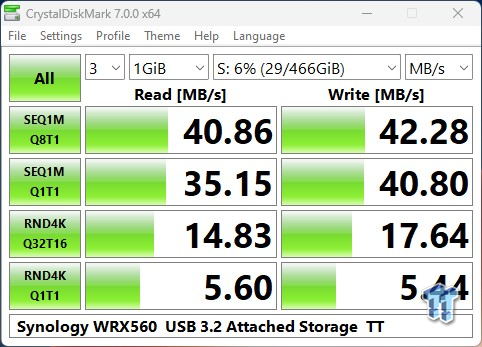
I started testing first with storage. Initially, storage performance was quite low, 40/42 MB/s in sequentials. This is due to the software limitation put on the USB 3.2 port to limit interference with the 2.4GHz band.
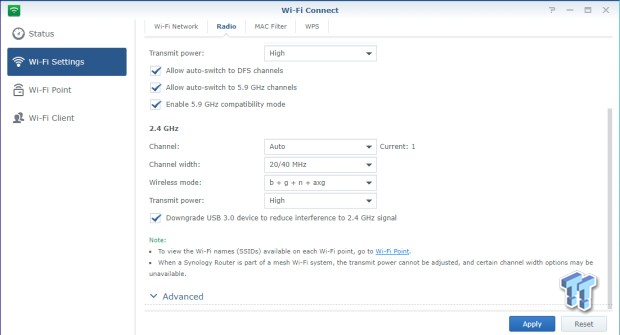
To correct this issue, you need to log in to the WebGUI and slide down to Wi-Fi settings. You can then uncheck the box in the middle that says "downgrade USB 3.0 device".
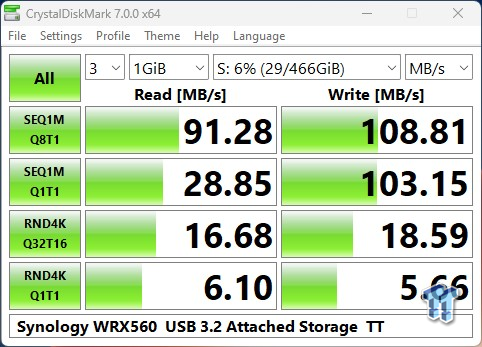
After we removed the limitations on the USB 3.2 port, performance doubled for the WRX560 reaching 91 MB/s reads and 108 MB/s write over a wired connection.
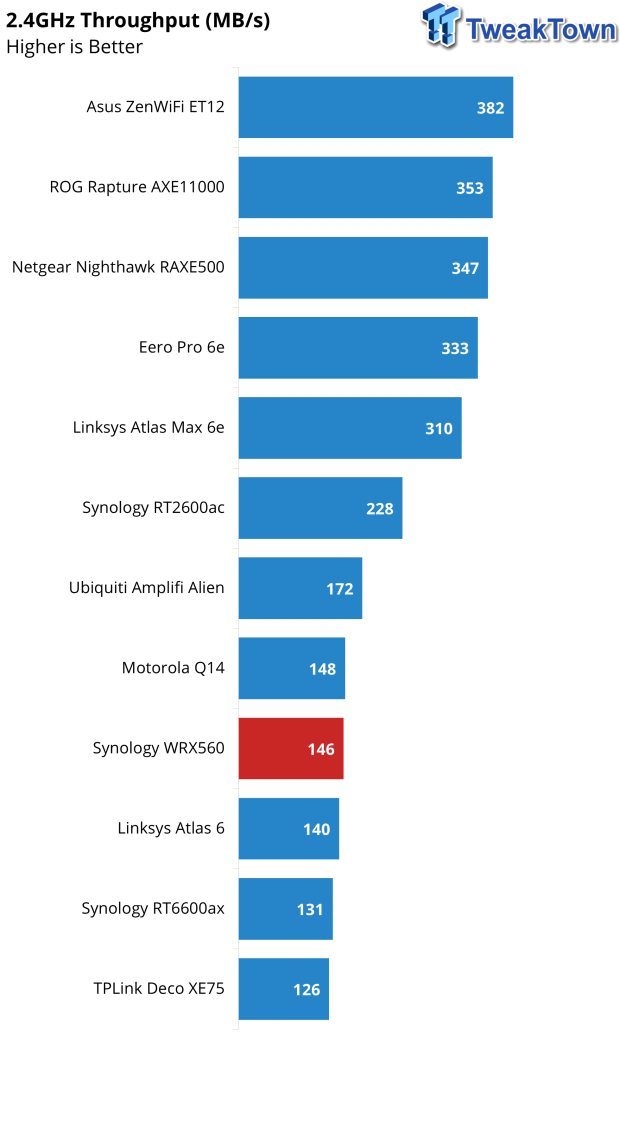
Moving into Wi-Fi testing, the WRX560 produced 146 Mbps in our 2.4GHz testing.
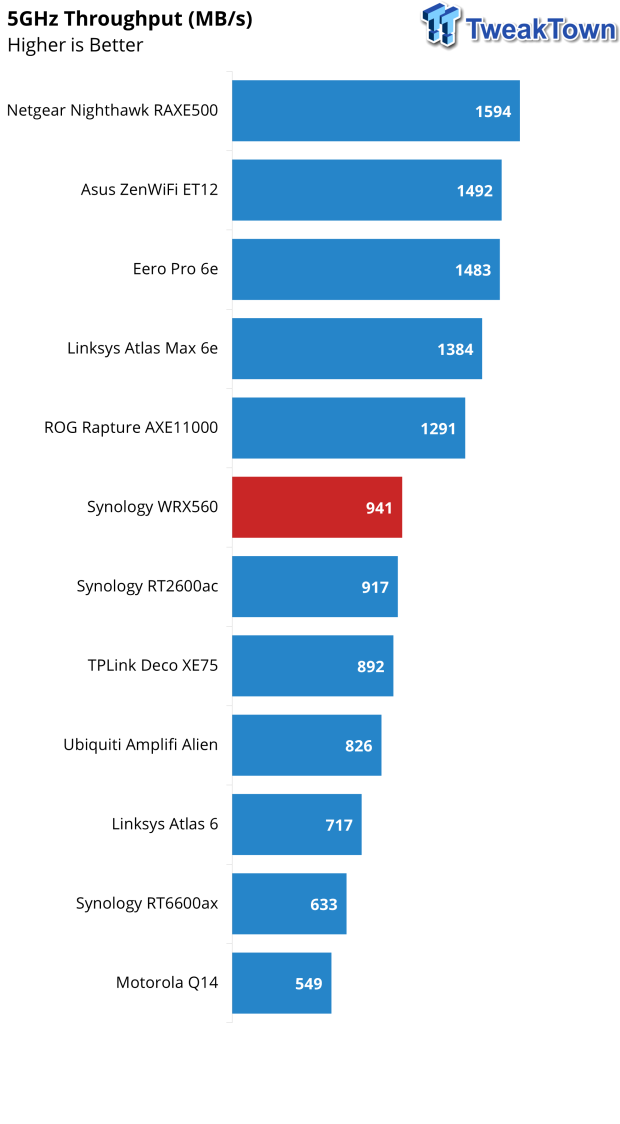
Moving over to 5GHz, the WRX560 landed at 941 Mbps, just a touch better than the RT2600ac that it now replaces.
Final Thoughts
The WRX560 continues on the tradition of Synology designing and deploying legit stable platforms. I was able to use this in my network for about three weeks, and in that time, the only real gripe was a bit of latency when accessing the USB storage. Outside of that, this router performed flawlessly, even when we put on multiple devices streaming.
On paper, I would have liked to see a bit more performance from the router on the 2.4GHz band, but with that band so widely used, we could be suffering from congestion, and with the router not supporting the 6GHz band, but the 5GHz band did quite well offering up 940 Mbps.
SRM is still one of the better router platforms. I would put it next to Ai Mesh from ASUS or Netgear Genie, as it supports all of the basic features one would want, along with higher-end features such as VPN support and the ability to create multiple networks.
The router market is tough, but Synology has become a major player, as they now have one of the most complete wireless router lineups. Now they need a new flagship solution with support for WiFi6e or WiFi7, perhaps?

